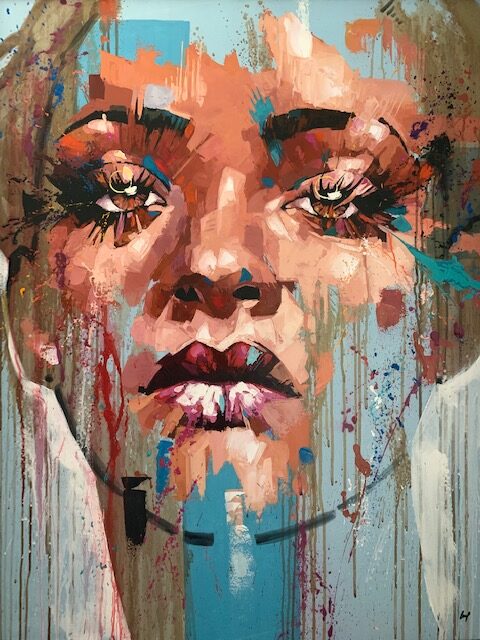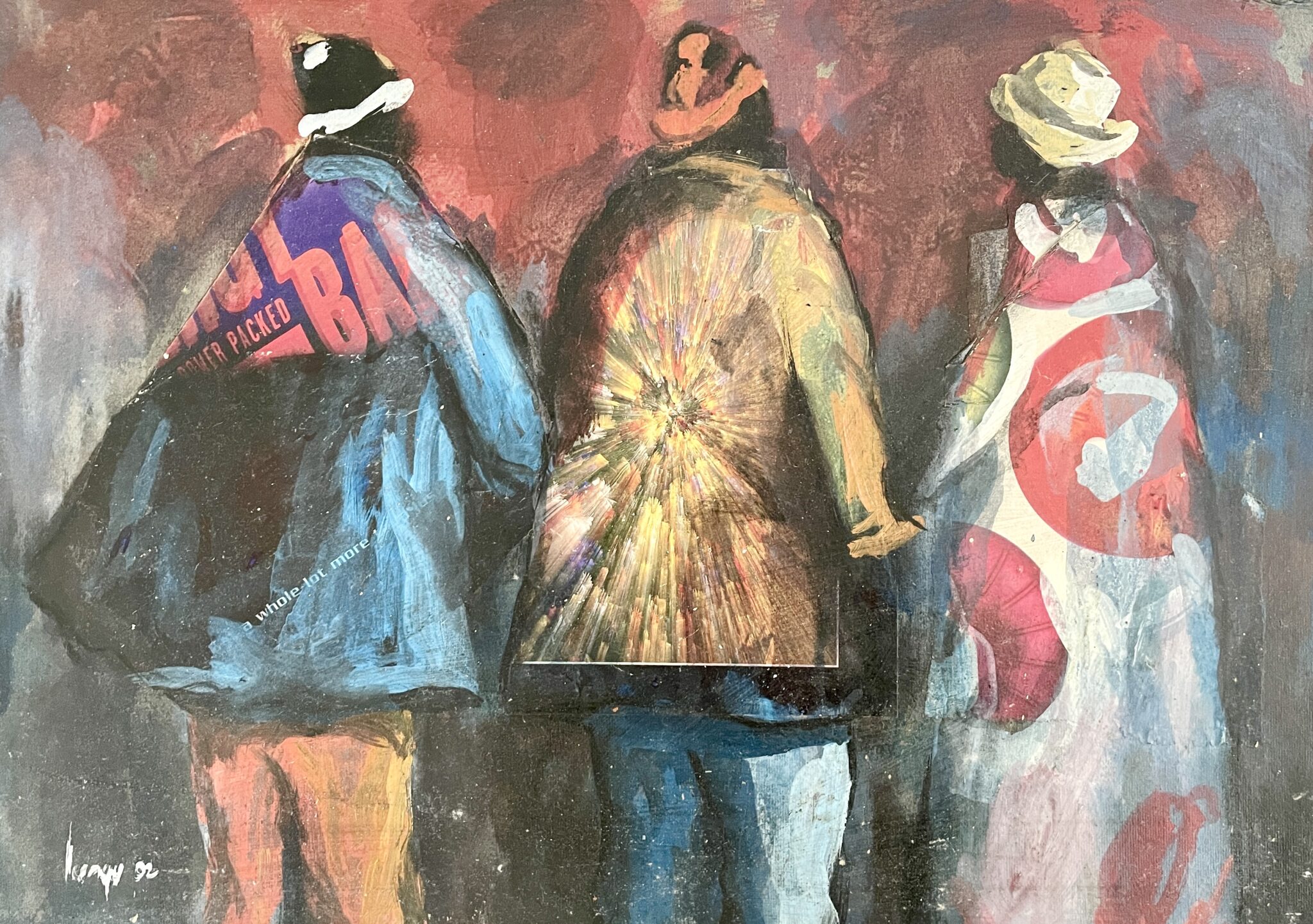I have been a gallery owner and art investor for more than three decades (click here to see my personal collection).
Over the years, I’ve learned a few things about the art world and I’d like to share them with you.
Investing in art can be a rewarding and potentially lucrative endeavor, but it also comes with its own set of challenges and risks.
Here are some steps to consider if you’re interested in investing in art.
Educate Yourself

Before you start investing in art, it’s crucial to gain a solid understanding of the art market.
Learn about different art styles, artists, art history, and the factors that can affect an artwork’s value.
Attend art exhibitions, read books, and follow art news to stay informed.
Set a Budget

Determine how much you’re willing to invest in art.
Art can range from relatively inexpensive pieces to multi-million-dollar works, so it’s important to establish a budget that suits your financial situation.
Choose Your Art Preferences

Decide what type of art you’re interested in. This could be contemporary art, classical paintings, sculptures, photography, or any other medium.
Your personal preferences should play a significant role in your choices, as you’ll be living with and looking at the artwork on a daily basis.
Buy What You Love

While investing in art can yield financial gains, it’s essential to buy pieces that you genuinely appreciate.
Art should be enjoyable to live with and look at, even if it doesn’t appreciate in value.
Buy From Reputable Sources

Purchase art from reputable galleries, art fairs, or established auction houses.
There are even some reputable online art sites such as Saatchi Art, Artfinder, and Zatista.
Many artists also have their own websites where they sell their art directly to consumers.
Consider Emerging Artists

While established artists’ works often come with higher price tags, investing in emerging artists can be more affordable and potentially profitable.
Keep an eye on the art scene for new talent and support them as they establish their careers.
Diversify Your Collection

Don’t put all your resources into a single piece or artist.
Diversify your collection by acquiring various artworks and artists to spread the risk.
Store and Protect Your Art

Properly store and protect your art to maintain its condition and value.
This includes controlling humidity, temperature, and protecting it from direct sunlight.
Insurance

Get insurance coverage for your art collection to protect against theft, damage, or loss.
Find an insurance agency that has experience with insuring fine art.
Appraisals and Valuations

Periodically have your art collection appraised to determine its current value.
Doing this is important for insurance and to track your investment’s performance.
You should seek out an appraiser who is experienced in appraising the types of artworks you’ve collected.
Work with Professionals

Consider working with art advisors, dealers, or consultants who have expertise in the art market.
They can provide valuable insights and help you make informed decisions.
Stay up to date with the art market by reading art publications, attending art fairs and exhibitions, and networking with other art enthusiasts and investors.
Final Thoughts on Investing In Art
Investing in art should be viewed as a long-term investment.
The art market can be volatile, and it may take time for the value of your pieces to appreciate significantly.
If you decide to sell a piece, do so strategically.
You can sell through auctions, galleries, or online platforms.
Timing is crucial, so consider market trends and the overall economic climate.
Remember that investing in art can be speculative, and there are no guarantees of profit.
It’s essential to approach it with a passion for art itself, rather than solely as a financial investment.

Lloyd Gite is a former TV journalist and the owner of The Gite Gallery in Houston, TX, which features African and Afro-Cuban art.

